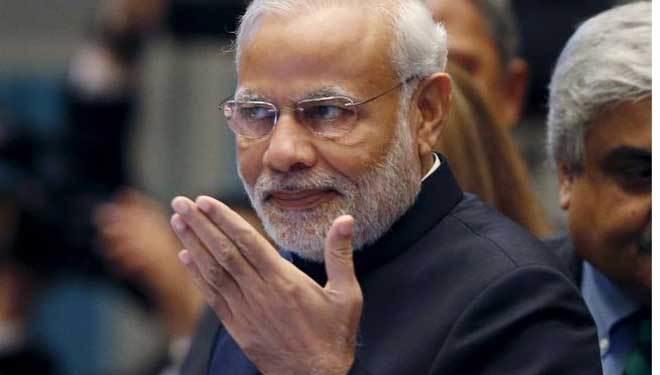A policy document by the premier think tank to the Government of India, NITI Aayog aims to take the Indian economy to $4 trillion mark by 2022-23. Currently, India’s GDP is somewhere between 2.7 trillion dollars and is the fifth largest economy. The policy think tank expects the Indian economy to grow at the pace of 9-10 percent by 2022-23. “The objective is – steadily accelerate the gross domestic product (GDP) growth rate to achieve a target of about 8 percent during 2018-23. This will raise the economy’s size in real terms from USD 2.7 trillion in 2017-18 to nearly USD 4 trillion by 2022-23,” said the report named ‘Strategy for New India @ 75′. The country will complete 75 years of independence by 2022 and aims to become the fourth largest economy behind only the United States, China, and Japan by then.
Finance minister Arun Jaitley who released the report emphasized on government’s commitment towards a free market economy and building a welfare state. “Our emphasis on reforms, market reforms, allowing entrepreneurship to grow has to be accompanied with some social consciousness of the economic planners. That is why we want this model, where you allow India to grow, allow entrepreneurship, you allow the private sector to play a very important role…utilize increased resources of the states towards better infrastructure, township, healthcare facilities. Use large part of resource to use for the poor,” said Jaitley.
The document unveiled the strategy for inclusive, sustainable and formalized growth in the upcoming years. The NITI Aayog document noted the progress made in various areas, critically examined constraints hindering the growth and also underlined possible solutions for them. The government think tank has divided the policy document into four sections named drivers, infrastructure, inclusion, and governance.
So far, the Indian economy has been a consumption driven one due to low exports and low investment in the economy. Consumption accounts for more than two third of the GDP, the policy document gives measures that need to be taken to boost private and investment spending in the economy. Investment to GDP ratio of the country was 29 percent in 2017-18 and NITI Aayog aims to increase it to 36 percent by 2022-23. More than one-third share of investment in overall GDP would be an ideal condition for the Indian economy.
To increase public investment in the country, India needs to target 22 percent tax to GDP ratio by 2022-23. As of now, India’s tax to GDP ratio is around 17 percent. In the last four years, the ratio increased exponentially riding on the measures taken by Modi government like GST and demonetization.
GST will contribute in increasing indirect tax contribution, direct tax compliance as well in the GDP growth. Various economists estimated that GST will spur the economic growth of the country by 1-2 percent in upcoming years. The need of rationalization of taxes and easy compliance was highlighted in the document including the use of technology to eliminate direct interface between taxpayers and tax officials to end corruption.
The document stressed the need to encourage freight transport through coastal shipping and inland waterways for sustainable infrastructure development.
For the country to march towards a welfare state status, the NITI Aayog document suggested the universalization of programmes like Ayushman Bharat, Ujjwala Yojana etc. The use of technology to deliver public services was also suggested in the policy document. The Direct Benefit Transfers (DBT) saved millions of dollars for the government and helped in the elimination of corruption. So if every state, district, and gram panchayat could be connected digitally, it would help in the transparent delivery of public services. The policy document by premier think-tank will provide a roadmap for sustainable and inclusive growth of the Indian economy.































